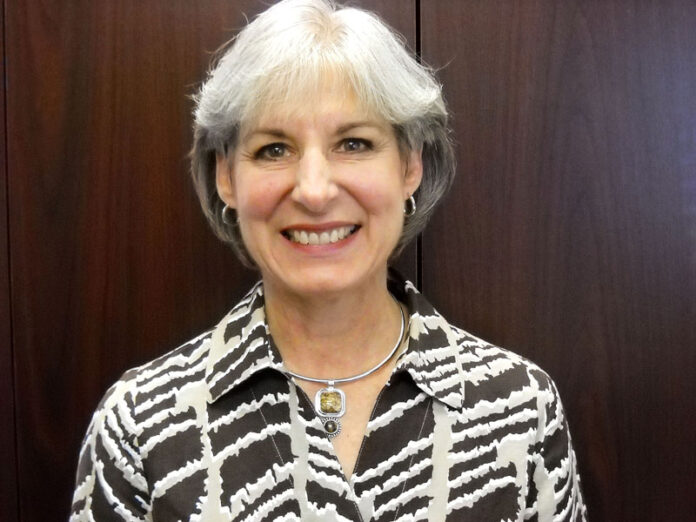
As a nursing assistant working her way through school in the 1970s, Sue Ranson took care of a patient who was dying. “He had a lot of tubes” and “halfway through the night . . . I walked in and just leaned over and said, ‘Is there anything I can do?’ He very faintly said, ‘Take them out.’ He kind of waved his hand, and that made me very nervous.” Not knowing what to do, Ranson summoned the nurse in charge that evening.
Ranson recounts that, “She basically berated him for that comment and said, ‘You need to help us get you well. We’re going to get you home. Your family—they’ll want to get you home.’ And even in my naivety about health care and certainly about end of life, I knew that that wasn’t what was going to happen with the gentleman. And so, I think from that very first experience, I came to the conclusion we had to do better—that this was not a dignified death. And I believe that people can have dignified deaths anywhere—even in the hospital.”
In the early 1990s Ranson was asked to be a co-founder of Good Samaritan Hospice. Two-and-half years later, when the president of Good Sam (as the facility is also known) decided to leave that position, Ranson took over the reins and never looked back. Eighteen years later she says “it’s still my passion.”
Located on Electric Road in southwest Roanoke County, Good Sam is dedicated to providing “aggressive comfort care” to those patients— elderly, children, babies, or teenagers—who have reached a point in their illness where either a cure is more harmful than beneficial, or the patient or their family decides it’s not what they want, and have chosen to focus instead on comfort and quality of life. The patient must also have an attending physician to direct the hospice team’s treatment of the patient, and reside within the service area the hospice covers, and be focused primarily on living their remaining time comfortably.
“They can change that anytime, Ranson says. “We have patients who will have hospice for awhile and then they might read of a new treatment and they can always get out of hospice and go and have that treatment. But many times patients, by the time they come to us, have had all the curative or potentially curative treatments that are out there and they’re ready for quality of life.”
Contrary to what people may think, hospice patients don’t receive care in an in-patient facility. “About two-thirds to three-fourths of our patients live in their own homes,” Ranson explains, while others reside in such facilities as nursing homes, assisted living facilities, and adult homes. “So really wherever that patient lives is considered their residence, and we go to them. That’s kind of the beauty of hospice . . . our whole team (social workers, nurses, chaplains, nursing assistants, physicians) will go to wherever that patient is. Some of our referrals come from doctors’ offices, some come from nursing homes, and some come from patients and families themselves. Our first introduction to that patient is always to go out and have a meeting and sit down and [ask] what questions do you have about hospice, what kind of goals do you have, what are you looking for that we might be able to help you with?”
When it comes to funding Good Sam, Ranson says that about 80 to 85 percent of it “comes from Medicare because most of our patients are elderly or have Medicaid.” The latter also has a hospice benefit to it. A good portion of their patients have insurance that will now cover hospice.
She adds, “Sometimes we get patients who have no reimbursement, and that’s OK. As a non-profit, we take donations to help us provide services to patients who can’t pay. We never want payment to get in the way of somebody having a hospice. If they need hospice, they will get hospice care. We provide all the medications that the person needs related to their terminal illness [and] all the equipment.”
Ranson feels that hospice is “normalizing” the concept of dying at home. “We are saying, ‘There are alternatives.’ You don’t have to be in a hospital if you don’t want to be. We’re the people that can bring you home.”
Further information about Good Samaritan Hospice can be obtained by calling toll free at (888) 466-7807, in the Roanoke Valley at (540) 776-0198, in the New River Valley at (540) 381-3171, or online at www.goodsamhospice.org.


